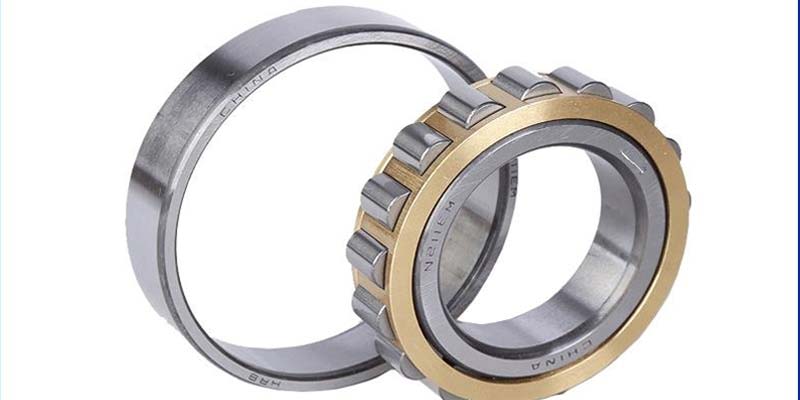- Contact Innally, Let you purchase forgings in China more favorable prices, products more assured!
- Hotline:+(86)15038323776 Email:innally@innally.com
Hollow forgings need attention in the heat treatment process
- Category: Industry news
- |
- Date: 20/03/2024
Only by precise control in these aspects can we ensure that the performance and quality of hollow forgings meet the requirements and provide reliable protection for the application of various industries.
Product Details
In the manufacturing process of hollow forgings, heat treatment is an indispensable part. Heat treatment can improve the internal organization of forgings, improve mechanical properties, and ensure that it can run stably and reliably in complex working environments. However, due to its special structure, hollow forgings need to pay special attention to some problems during heat treatment.
First of all, the control of heating temperature is the key in the heat treatment of hollow forgings. Due to the large temperature difference between the inside and outside of hollow forgings, uneven heating may lead to deformation of the forgings or internal stress. Therefore, it is necessary to precisely control the temperature distribution of the heating furnace to ensure that the forging is heated evenly. At the same time, the heating speed also needs to be moderate, too fast or too slow may affect the organization structure and performance of the forging.
Secondly, the choice of cooling method has an important impact on the performance of hollow forgings. The cooling rate determines the microstructure transformation and residual stress distribution of forgings. For different materials and performance requirements, different cooling methods are required. For example, for forgings requiring high strength and high toughness, rapid cooling can be used to obtain fine grain structure; For forgings that require better fatigue resistance, slow cooling can be used to reduce residual stress.

In addition, the control of holding time is also an important factor in the heat treatment process. The length of holding time will affect the grain growth and microstructure uniformity of forgings. Too long holding time may lead to grain coarsening and reduce the mechanical properties of forgings. However, if the holding time is too short, it may lead to uneven organization and affect the performance stability of forgings. Therefore, it is necessary to reasonably choose the holding time according to the material and size of the forging.
Finally, it is also necessary to pay attention to the safety of the heat treatment process. Due to the high temperature and flammable substances involved in the heat treatment process, safety operating procedures must be strictly observed to ensure the safety of personnel and equipment. At the same time, the heat treatment equipment is regularly maintained and inspected to ensure the normal operation of the equipment and the stability of the heat treatment effect.
In summary, hollow forgings need to pay attention to the control of heating temperature, the choice of cooling mode, the control of holding time and safety issues in the heat treatment process. Only by precise control in these aspects can we ensure that the performance and quality of hollow forgings meet the requirements and provide reliable protection for the application of various industries.
nannan
INNALLY website editing, to provide you with forging related information
Related Products
Search
Forging center
- Steel forgings
- Aluminium alloy forging
- Titanium alloy forging
- Stainless steel forging
- Copper forging
- Automotive forgings
- Locomotive forging
- Bicycle forgings
- Motorcycle forging
- Rigging and fasteners
- Bearing forging
- Electric power fittings
- Marine forging
- Mechanical forgings for metalworking
- Mining machinery forgings
- Marine engineering forgings
- Construction machinery forgings
Popular product

© 2025. All Rights Reserved.






